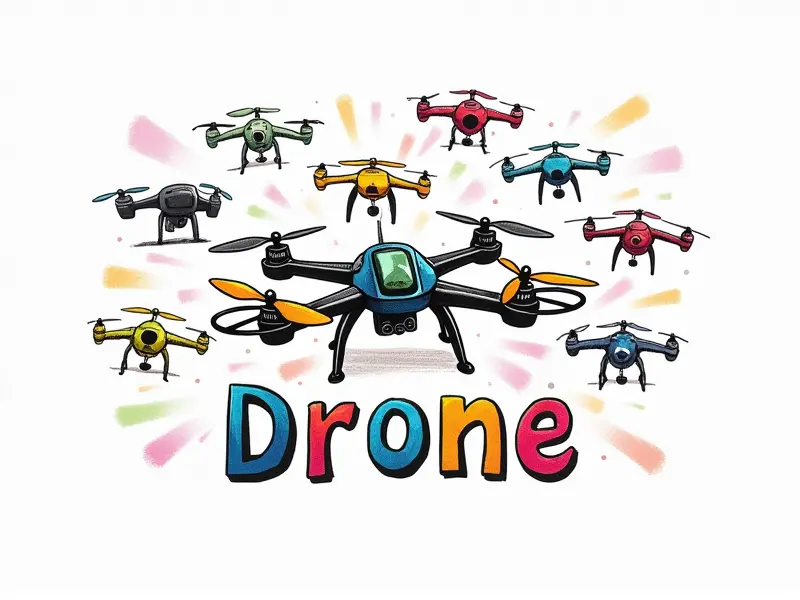How do I tune my FPV drone?

Tune Your FPV Drone Like a Pro
When it comes to flying first-person view (FPV) drones, tuning your setup is crucial for achieving optimal performance and control. Whether you're an experienced pilot or just starting out, understanding how to fine-tune your drone can make all the difference in your flight experience.
Quick Guide to FPV Drone Tuning
Tuning your FPV drone involves adjusting various settings such as PIDs (Proportional-Integral-Derivative), frame stiffness, and propeller balance. This guide will walk you through the essential steps to ensure your drone is ready for high-performance flying.
Master FPV Drone Setup in Minutes
Mastery over your FPV drone setup can be achieved by following a few key principles. Start with calibrating your flight controller and ensuring that all components are properly installed and balanced. This section will provide you with the necessary steps to get your drone ready for action.
Optimize Your FPV Drone Performance
To optimize performance, focus on adjusting PID values, frame stiffness, and propeller balance. These settings directly impact stability, responsiveness, and overall flight characteristics. Learn how to tweak these parameters to achieve the best results.
Beginner's Guide to FPV Drone Tuning
If you're new to FPV drone tuning, this guide is for you. We'll cover basic concepts such as understanding PID values, frame stiffness, and propeller balance. By following these steps, beginners can quickly get their drones flying smoothly.
Tips for Perfecting FPV Drone Flight
Perfecting your FPV drone flight requires practice and patience. Here are some tips to help you refine your skills:
- Practice Regularly: Consistent practice is key to improving your flying abilities.
- Adjust PID Values Gradually: Small adjustments can make a big difference in flight stability and responsiveness.
- Balanced Propellers: Ensure that all propellers are perfectly balanced for smooth operation.
Essential Steps to Tune an FPV Drone
Tuning your FPV drone involves several essential steps. Here's a breakdown of what you need to do:
- Calibrate Flight Controller: Start by calibrating the flight controller for accurate readings.
- Adjust PID Values: Fine-tune PIDs to achieve optimal stability and responsiveness.
- Balanced Propellers: Ensure that all propellers are perfectly balanced.
Boost FPV Drone Control with Tuning
Tuning your drone can significantly enhance control, making it easier to maneuver and fly smoothly. By adjusting PID values and frame stiffness, you can achieve better stability and responsiveness during flight.
Easy FPV Drone Setup and Calibration
Setting up and calibrating your FPV drone is straightforward with the right steps:
- Install Components Properly: Ensure all components are securely installed.
- Calibrate Flight Controller: Follow manufacturer instructions for calibration.
- Battery Check: Verify that the battery is fully charged and properly connected.
Maximize Flight Stability on Your FPV Drone
To maximize flight stability, focus on adjusting PID values and frame stiffness. A well-tuned drone will be more stable in windy conditions and maintain better control during high-speed maneuvers.
Simple Steps to Tune an FPV Racing Drone
Tuning an FPV racing drone requires precision and attention to detail:
- Frame Stiffness: Ensure the frame is stiff enough to handle high speeds without flexing.
- PID Values: Adjust PIDs for optimal stability and responsiveness during races.
- Battery Management: Use a balanced battery charger to maintain consistent power delivery.
Conclusion
Tuning your FPV drone is an essential process that can greatly enhance your flying experience. By following the steps outlined in this guide, you'll be able to achieve optimal performance and control. Whether you're a beginner or an experienced pilot, mastering these tuning techniques will take your FPV drone flights to new heights.

